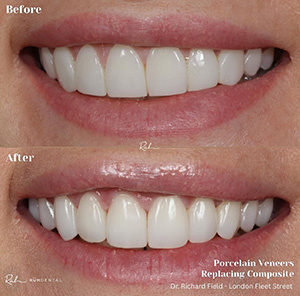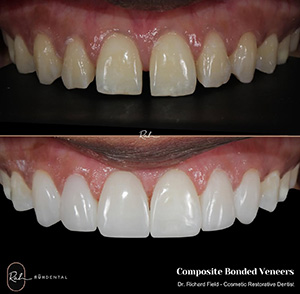At a Glance
- GDC Number
- 209886
- Qualifications
- BDS – Bachelor of Dental Surgery (Glasgow, with Honours) ruhdental.com Accredited Member of the British Academy of Cosmetic Dentistry (BACD) (youngest to gain that at his time)
- Languages Spoken
- English
- Clinics
- Fleet Street
About Dr Richard
Dr Field is especially versed in smile design, composite bonding and veneers, addressing worn teeth, removing staining or white spots, and other aesthetic problems. He’s also been a judge for the Aesthetic Dentistry Awards and appears on the Tatler-recommended list. Outside work, he likes skiing, scuba diving, and time with his family and his sausage dog
Why Patients Choose Dr Richard Field
His credentials in cosmetic dentistry are strong and recognised. If your case involves aesthetic improvement (veneers, bonding, smile design), his award-winning expertise is especially valuable. His ability to handle complex aesthetic work, combined with recognition by his peers, suggests high standards.








